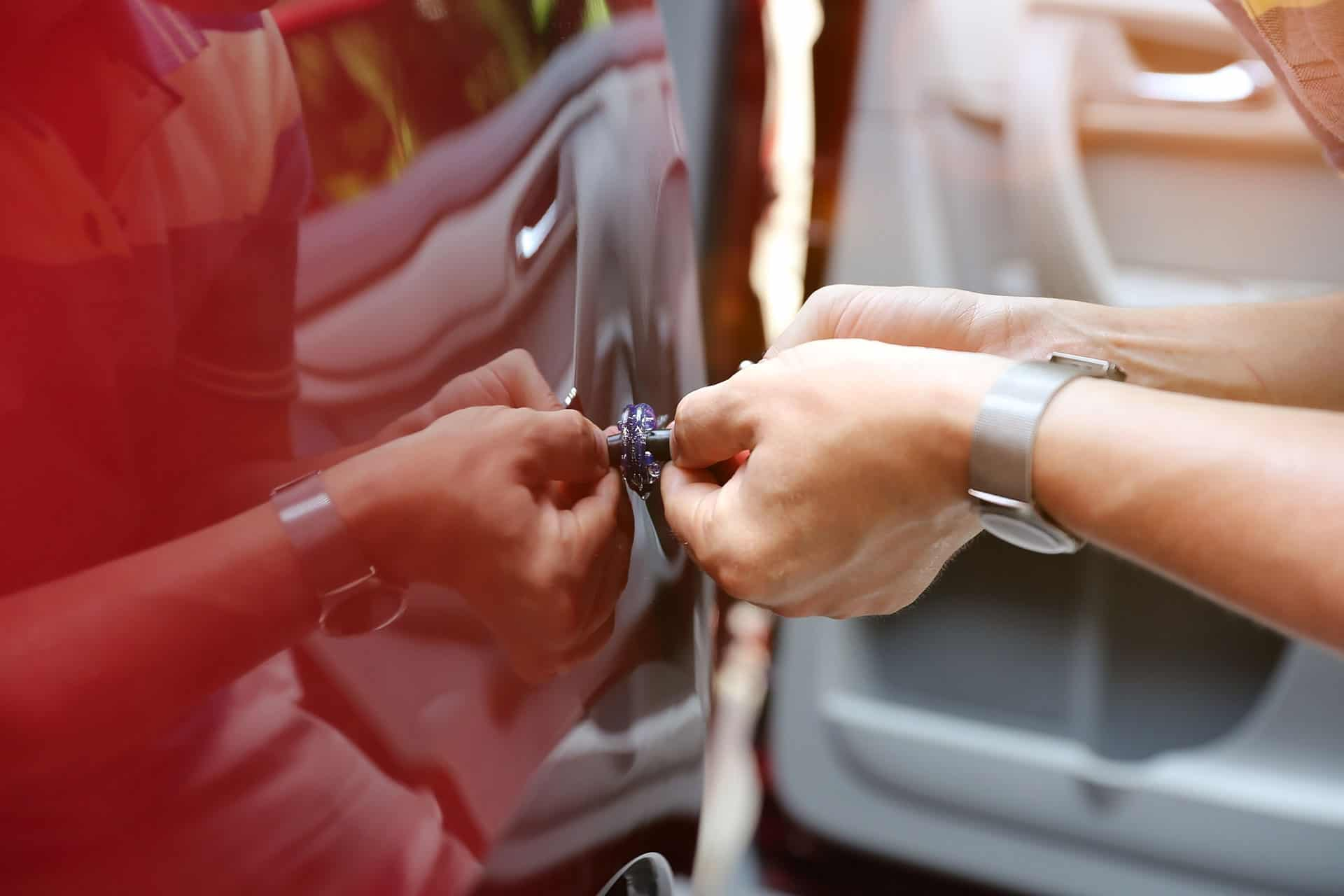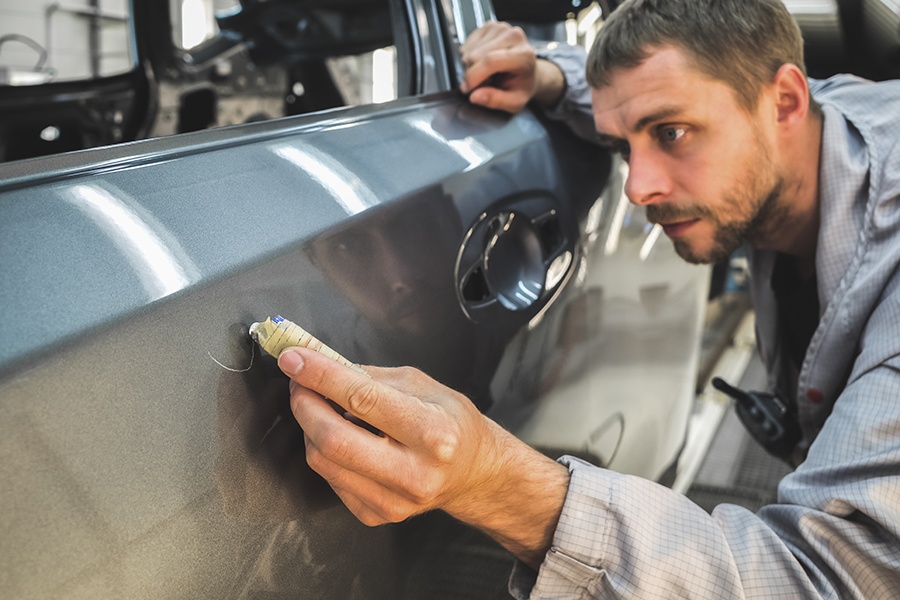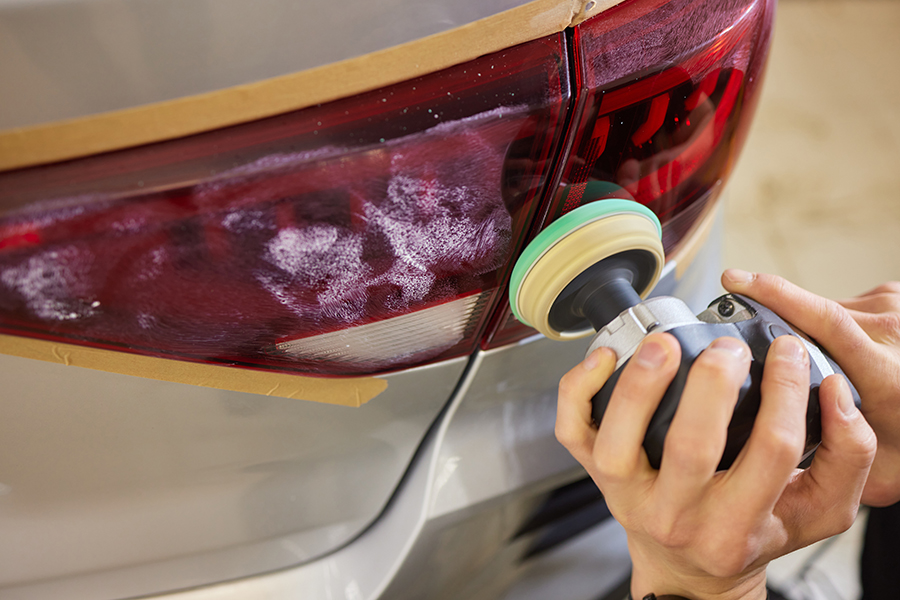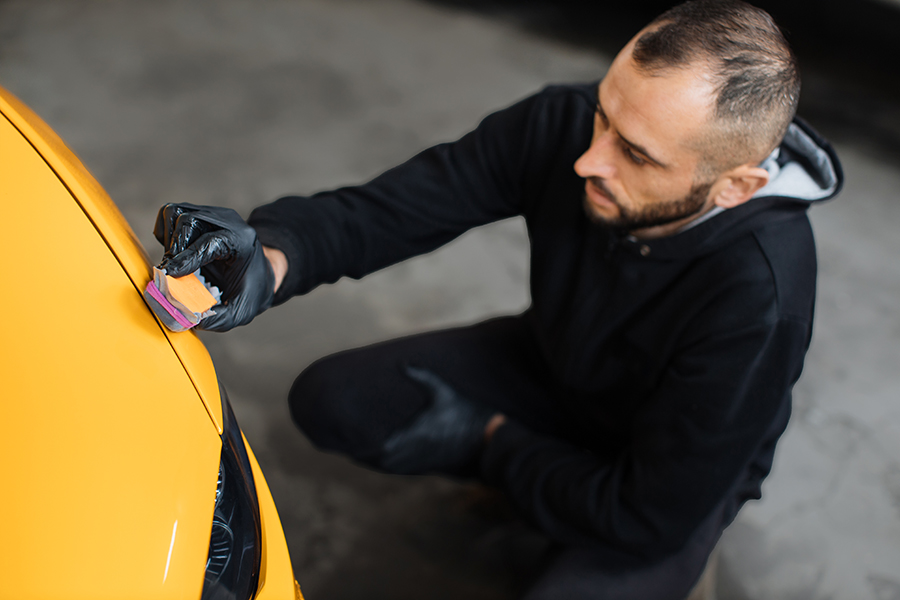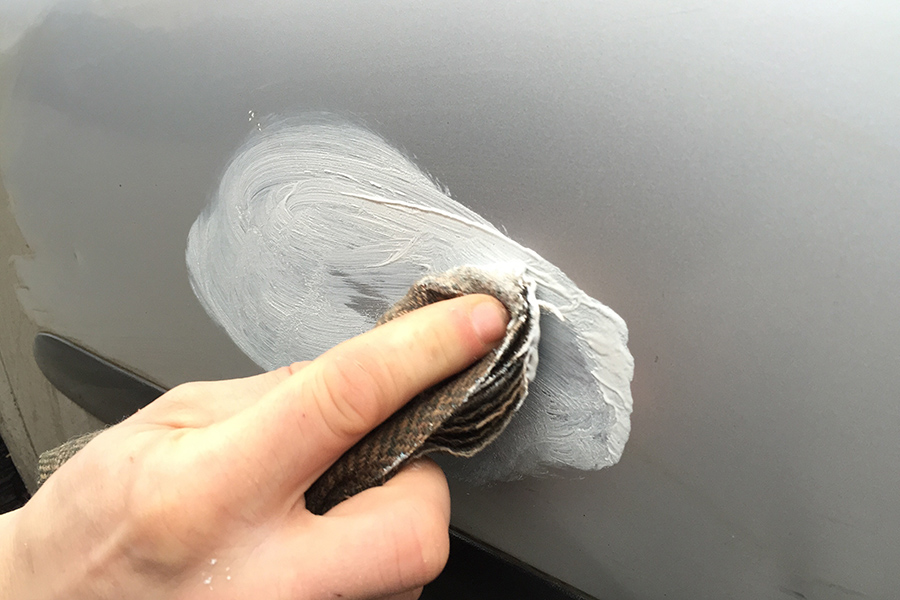80% of cars on the road today carry minor dents that owners ignore because they fear high repair costs. But what if dent removal could be both affordable and straightforward? This post dives into the world of dent removal, shedding light on techniques that save both time and money. Whether it's a small ding from a shopping cart or a more significant bump from an accidental fender bender, understanding your options can make all the difference. Let's explore how to keep your car looking its best without breaking the bank.
Key Takeaways
- Learning about the dent removal process can help you choose the best repair method for your car, ensuring it looks as good as new.
- Different types of dents require specific repair techniques; knowing these can save you time and money.
- Repairing dents in specific areas of your car might need special tools or approaches. It's important to consult a professional for best results.
- Dent removal often comes with additional services like paint touch-ups, which can further enhance your car's appearance and value.
- Understanding the benefits of professional dent removal, such as maintaining your car's value and appearance, is crucial for making informed decisions about car maintenance.
- Taking action to repair dents promptly can prevent further damage to your car and help maintain its aesthetic appeal and resale value.
Understanding the Dent Removal Process
Step-by-Step PDR
The first step in Paintless Dent Removal (PDR) is an initial assessment. Technicians look at the dent to see if PDR will work. They must decide if this method can fix the damage without harming the car's paint.
Next, they find a way to reach the dent's backside. This often means removing parts of the car, like the interior panels or lights. It's a careful process to avoid further damage.
Then comes the main part: massaging the dent out. Using special tools, technicians push and knead the metal back into place. They do this gently to make sure the panel looks as good as new.
Tools Used in PDR
Several tools are key for PDR:
- Rods help push out dents.
- Hammers smooth small imperfections.
- Reflective boards let technicians see the dent better.
Each tool has a purpose. For example, rods are for pushing, and boards help with visibility. Using these tools takes skill. Only experienced technicians can do it right.
Assessing Dent Damage
Technicians start by looking at the dent's size, depth, and where it is on the car. This tells them if PDR can fix it.
They also check the paint near the dent. If the paint is okay, PDR might work. This step is crucial for giving car owners a fair repair estimate.
Types of Dents and Repairs
Repairing Round Dents
Professionals often tackle round dents by applying gentle pressure from both sides. This method requires a lot of precision. Too much force can harm the panel's original shape. Round dents, like those from hail, respond well to this technique.
Fixing Creased Dents
Creased dents bring a higher level of difficulty because the metal stretches. Special tools help smooth out these tough spots. Patience and skill are vital in getting the metal back to its initial form.
Door Ding Solutions
Door dings are common but hurt a car's look. Paintless Dent Removal (PDR) works great for these small, sharp impacts. It's known for being quick and cost-effective.
Hail Damage Repairs
Hail damage often means many dents at once. Insurance might cover repairs since it's a natural disaster. PDR can make a car look like new again, without needing new paint.
Specific Areas of Dent Repair
Door Panel Fixes
Door panels hide complex mechanisms like window regulators and locks. This makes dent repair tricky. Specialists often need to navigate these parts to reach the dent from the inside.
Techniques vary, but most involve using specialized tools to massage the dent out without harming the paintwork. This process keeps the original paint and ensures door alignment remains intact, crucial for maintaining a car's value.
Fender Dent Repair
Fenders are prone to dents due to their location. A small bump can mar a vehicle's sleek look. Paintless Dent Removal (PDR) is ideal here, especially given fenders' material and shape.
The PDR technique respects the fender's curvature, avoiding further damage. It's vital to have a professional assess the damage first. They ensure the paint and metal stay unharmed, preserving your car’s appearance and value.
Bumper and Hood Solutions
Bumpers and hoods face daily risks from minor collisions to flying debris. PDR shines in fixing both plastic bumpers and metal hoods.
For bumpers, technicians may heat the plastic to make it more pliable before reshaping it. Hoods, being metal, require careful use of PDR tools to avoid cracking the paint. These methods offer significant cost savings and restore your car's looks efficiently.
Additional Services and Benefits
On-the-Go Services
Mobile Paintless Dent Removal (PDR) services bring convenience directly to the customer's doorstep. This is a game-changer for those with hectic schedules or limited means to visit a repair shop.
They save valuable time, eliminating the need to drop off and pick up vehicles. The quality of on-the-go repairs stands tall, matching what you'd expect from in-shop services. Professionals ensure efficiency and excellence, regardless of the location.
Free Estimates Offered
Understanding the cost upfront is crucial for customers. That's where free estimates come into play. These quotes consider the dent's size, depth, and position on the vehicle.
This transparency allows customers to weigh their options without pressure. They appreciate knowing potential costs before committing. It’s a no-obligation approach that empowers them to make informed decisions.
Scratch Elimination
Apart from dent repair, PDR can tackle minor scratches too. This dual capability means your car not only gets dent-free but also regains its pristine look.
Special tools and techniques are employed for scratch removal, ensuring thoroughness. The result? An aesthetic boost that also preserves your vehicle's value. It’s an all-encompassing solution for those looking to maintain their car’s appearance and worth.
Final Remarks
Understanding dent removal is key to keeping your car in top shape. From minor dings to larger dents, knowing what type of repair your vehicle needs can save you time and money. Whether it’s a specific area or you're looking into additional services, expertise in dent repair can make all the difference. It's clear that taking care of your car's exterior is not just about looks but also about preserving its value and functionality.
Don't let dents dampen your drive. Reach out to a professional with the right know-how to get your car looking its best again. Remember, a well-maintained car reflects on you too. Take action today and give your vehicle the care it deserves.
Frequently Asked Questions
What is the dent removal process?
The dent removal process involves assessing the damage, choosing the appropriate method (such as Paintless Dent Removal or PDR), and carefully restoring the vehicle's body to its original condition without harming the paint job.
What types of dents can be repaired?
Most small to medium-sized dents, including door dings, hail damage, and minor collision dents, can be repaired. The repairability also depends on the dent's location and depth.
Can all areas of a car be treated for dent repair?
While many areas can be repaired, accessibility and flexibility of the material play key roles. Areas with reinforced metal or complex curves may pose challenges but often still manageable by skilled technicians.
Are there any additional services provided with dent repair?
Yes, many dent repair services also offer detailing, paint touch-ups, and polishing to enhance the vehicle's appearance post-repair, ensuring a seamless look.
What are the benefits of professional dent removal?
Professional dent removal restores your vehicle’s aesthetic appeal without compromising its original paint finish, potentially maintaining or even increasing your car's resale value. It's also typically quicker and more cost-effective than traditional body shop repairs.
How long does a typical dent repair take?
A typical repair can take anywhere from a few hours to a day, depending on the dent's size and complexity. Paintless Dent Removal (PDR) is especially quick and efficient for smaller dents.
Is paintless dent removal effective for all types of dents?
Paintless Dent Removal is most effective for small to medium-sized dents where the paint surface has not been cracked or broken. It’s ideal for hail damage, door dings, and minor creases.
